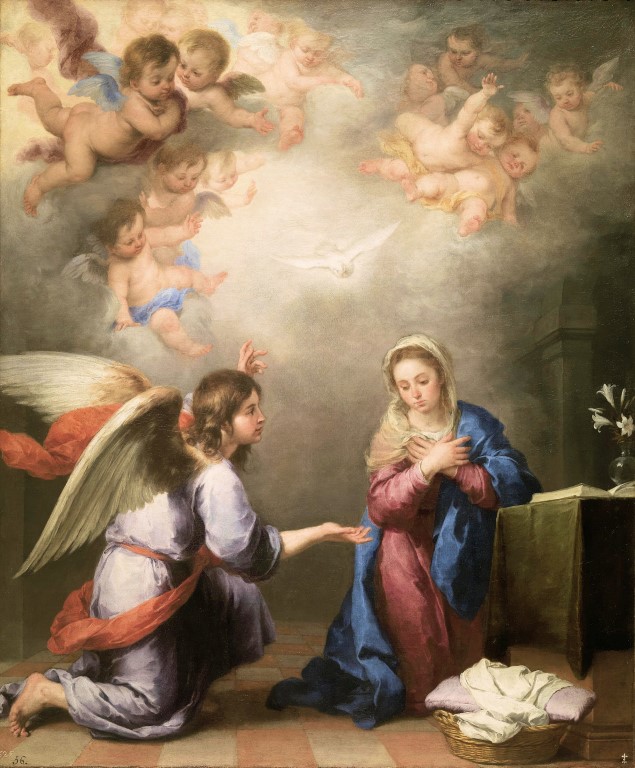The hermeneutic of continuity applied to #Synod15
In a small bus, nearly 40 years ago, as a first year student from St John's seminary at Wonersh, on my way to do pastoral work of some sort, I listened to a discussion about sacramental theology that I have never forgotten - or rather I have forgotten most of it except for the exasperated exclamation of a man who was my senior, delivered in a broad South London accent "Oh no! Not all that ex opere operaaaato stuff!" Perhaps some readers of the title of this post might be inclined to moan similarly "Oh no! Not all that 'ermenootic of continuuuity stuff!" Please bear with me.
Fundamental to Pope Benedict's concept of the hermeneutic of continuity is that it is not a description, but an imperative. Over the years of writing this blog, I have many times seen withering comments deriding the idea that Vatican II is just like all the other councils, or that the modern rite of Mass is just the same as the traditional Mass. If the hermeneutic of continuity were meant to make either of those claims, it would be justly rejected as preposterous.
Pope Benedict is not a fool, and he did not apply the hermeneutic of continuity in that way. He spoke of how the second Vatican Council ought to be understood, how it should be interpreted. To be sure, he described two ways in which it had in fact been understood, but he clearly characterised one of these as correct and the other as false. The correct interpretation was the one that was in accord with tradition, and the incorrect one was the one that was in terms of rupture with the past.
Earlier today, I watched this video on Twisted Sifter. Its anarchic, quirky and bizarre surprises made me wonder if it was somehow a metaphor for #Synod15.
INPUT/OUTPUT from Terri Timely on Vimeo.
Only a few days ago, there were serious commenters telling us that everything was fine. The so-called disagreements were spun by the media and the twitter pundits who did not know what it was really like in the Synod Hall, with overwhelming peace, agreement, and general wafting of niceness to the rafters. Now that the Holy Father himself has said that the different opinions were expressed "at times, unfortunately, not in entirely well-meaning ways" it seems that we are allowed to admit that there was some disagreement.
Not that it is difficult to see. In the one corner, we have Cardinal Kasper saying that he is satisfied and that "the door has been opened to the possibility of the divorced and remarried being granted Communion." (text at Rorate Caeli) And in the opposite corner, we have Cardinal Pell saying that
The text is certainly been significantly misunderstood. First of there is no reference in paragraph 85, or anywhere in the document, to communion for the divorced and remarried. That is fundamental.
And also in paragraph 63 there is an adequate section on the proper understanding of conscience, which has got to be informed in the light of the word of God. And the discernment that is encouraged in paragraph 85 has to be - in these particular matters - has to be based on the full teaching of Pope John Paul II in Familiaris Consortio; and there is another reference to the teaching of the church.
So there are two contradictory interpretations within a day of the Synod's final report being published, each given by the most senior rank of ecclesiastic. If we follow Pope Benedict's teaching concerning the hermeneutic of continuity, our primary concern will be to assess which of them is most in accord with the tradition of the Church. And that is easy. Cardinal Pell is right.

